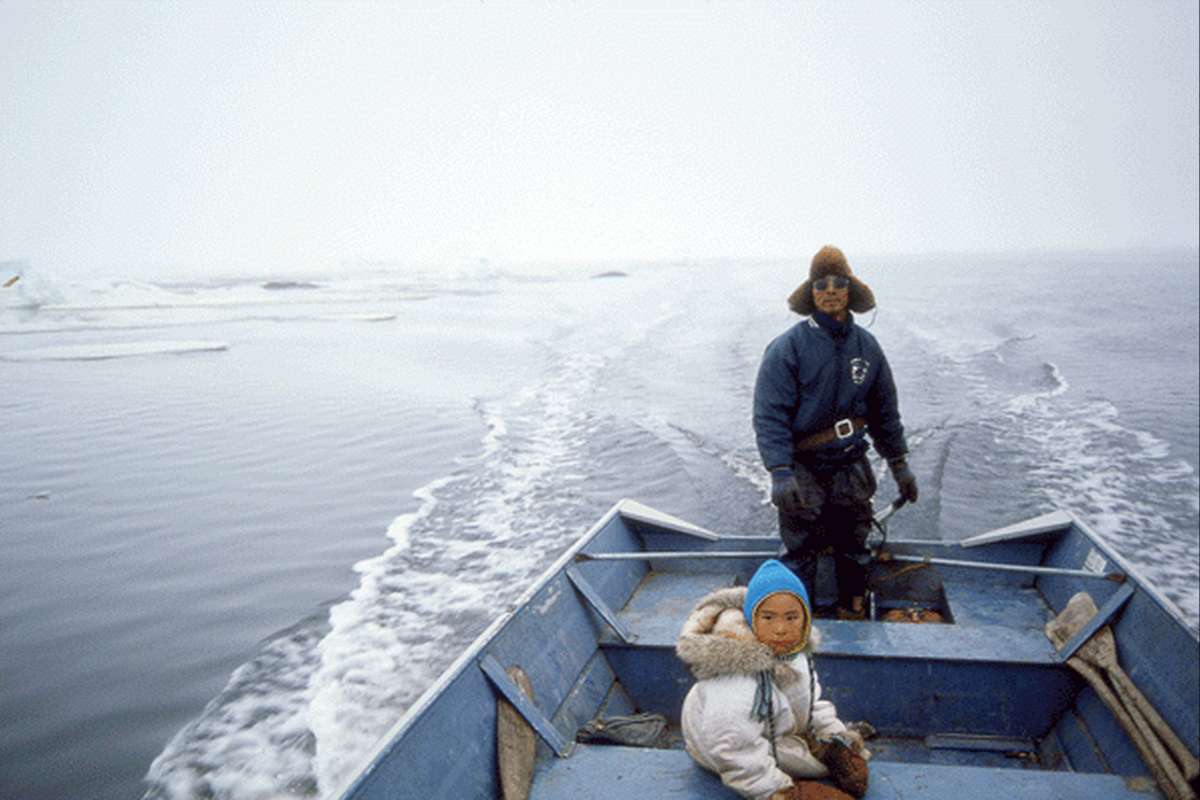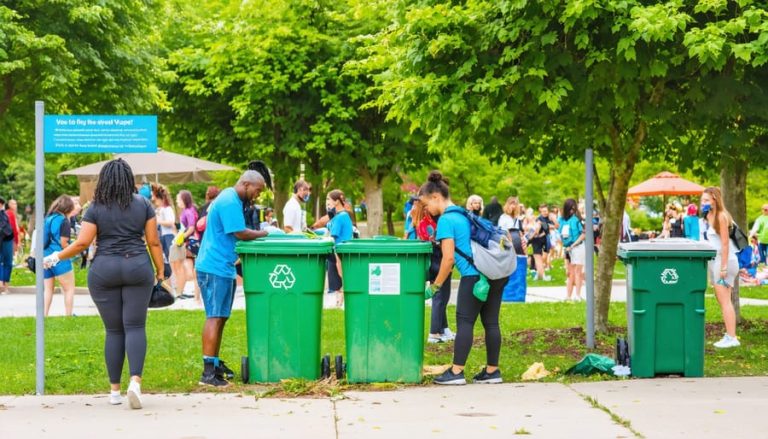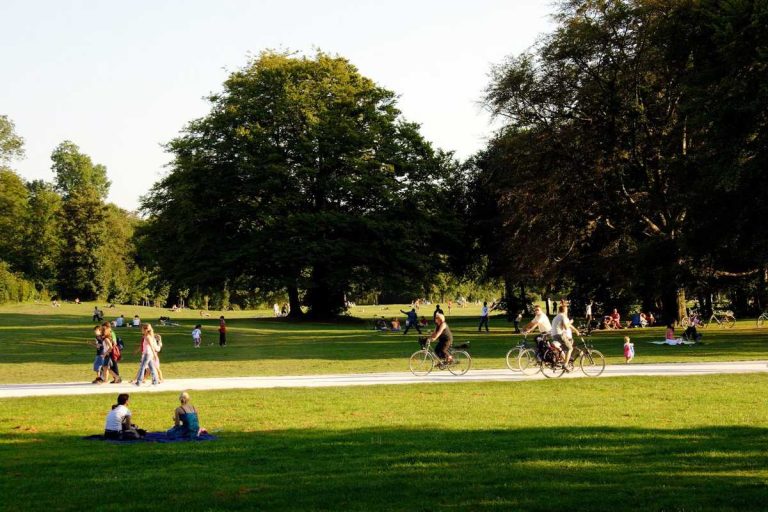Interviewer: Good morning, Jane. Thanks for joining us today to talk about building and funding an ecosystem of change in Canada. To start, can you tell us what inspired you to get involved in this field?
JS: Good morning, and thank you for having me. My inspiration came from seeing the gaps in support and resources for various social causes. I realized that while there are many passionate people and organizations trying to make a difference, they often lack the necessary support and funding to create lasting change. This motivated me to help build an ecosystem where these efforts can thrive.
Interviewer: That sounds like a noble cause. Can you explain what you mean by an “ecosystem of change”?
JS: An ecosystem of change refers to a network of interconnected organizations, individuals, and resources that work together to address social, economic, and environmental issues. It’s about creating a supportive environment where ideas can flourish, collaborations can happen, and sustainable solutions can be developed and implemented.
Interviewer: How do you go about building such an ecosystem?
JS: Building an ecosystem of change involves several key steps. First, it’s important to identify the various stakeholders, including non-profits, businesses, government agencies, and community groups. Bringing these stakeholders together to discuss common goals and challenges is crucial.
We also focus on fostering collaboration by creating platforms and opportunities for these groups to work together. Additionally, providing access to funding, resources, and training helps empower these organizations to be more effective.
Interviewer: Speaking of funding, how do you secure the necessary financial support for these initiatives?
JS: Funding is always a challenge, but there are several strategies we use. We start by building strong relationships with potential funders, including government bodies, private foundations, and corporate sponsors.
It’s essential to communicate the impact and importance of the projects we support. We also explore innovative funding models like social impact bonds and crowdfunding. Diversifying our funding sources ensures a more stable and sustainable financial base.
Interviewer: Can you share an example of a successful project that emerged from this ecosystem?
JS: Certainly. One project we’re particularly proud of is a community-driven renewable energy initiative in a small town in Ontario. Local residents, businesses, and the municipality worked together to create a solar power cooperative. We provided the initial funding and connected them with experts in renewable energy. Today, the cooperative not only supplies clean energy to the community but also generates revenue that is reinvested in other local projects.
Interviewer: That’s an impressive example. What are some of the biggest challenges you face in building and maintaining this ecosystem?
JS: One of the biggest challenges is ensuring sustained engagement and collaboration among stakeholders. People and organizations often have their own priorities and constraints, so it can be difficult to keep everyone aligned and motivated.
Another challenge is the availability of consistent funding. Economic fluctuations and changing political landscapes can impact financial support. Additionally, measuring and demonstrating the impact of our initiatives is crucial but can be complex.
Interviewer: How do you overcome these challenges?
JS: We overcome these challenges through strong communication and transparency. Regular meetings, progress updates, and celebrating small wins help maintain engagement. To address funding issues, we continually seek out new funding opportunities and build relationships with diverse funders. For impact measurement, we use both quantitative and qualitative methods to showcase the tangible and intangible benefits of our projects.
Interviewer: What advice would you give to someone looking to get involved in creating an ecosystem of change?
JS: My advice would be to start by understanding the needs of your community and identifying potential partners. Build strong relationships and foster a spirit of collaboration. Be persistent and adaptable, as challenges will arise. Lastly, always keep the bigger picture in mind and stay focused on the long-term impact you want to achieve.
Interviewer: Thank you, Jane, for sharing your insights and experiences. It’s inspiring to hear about the work you’re doing to create positive change in Canada.
JS: Thank you for having me. It’s been a pleasure to share our journey.









+ There are no comments
Add yours